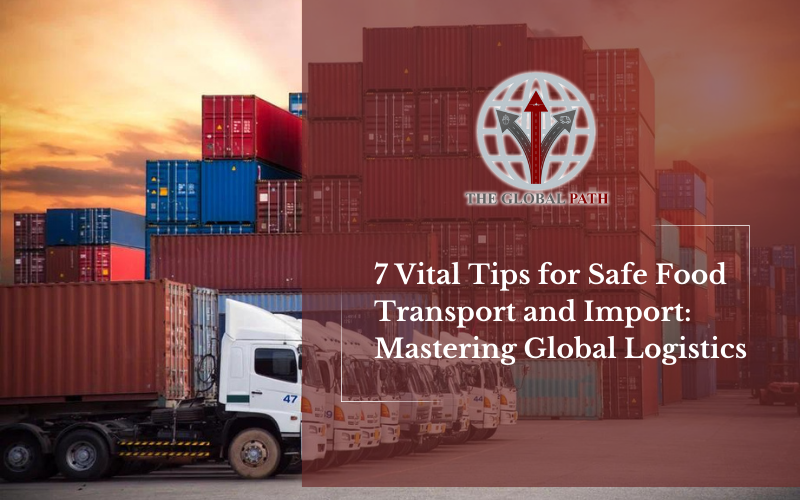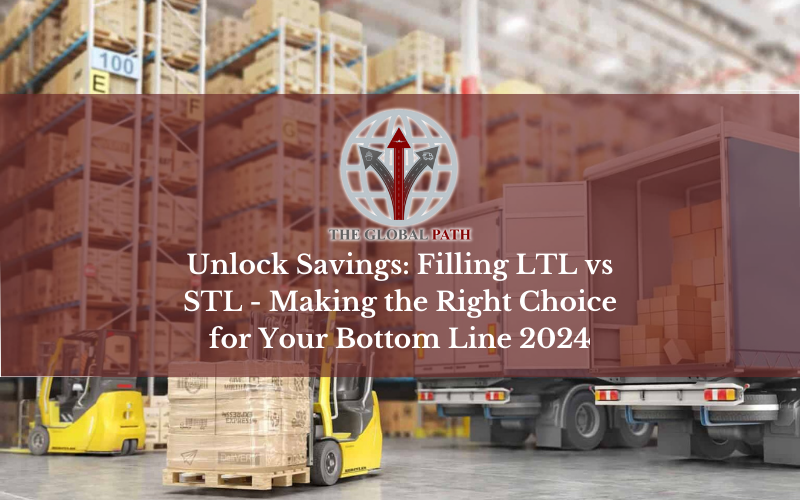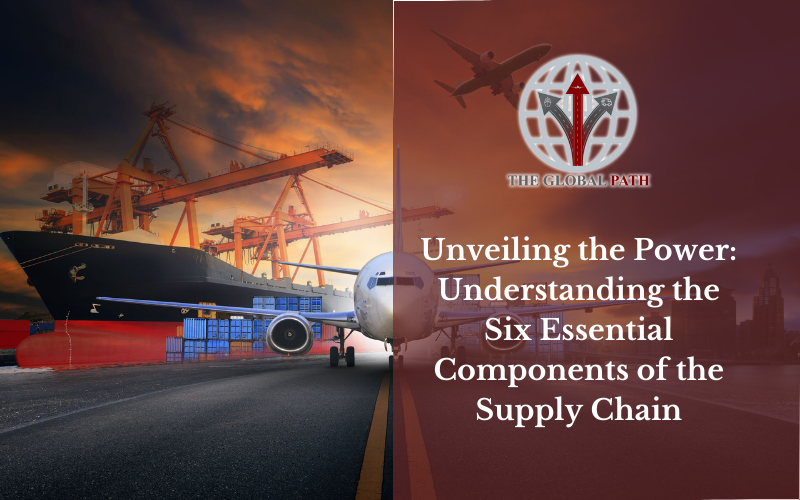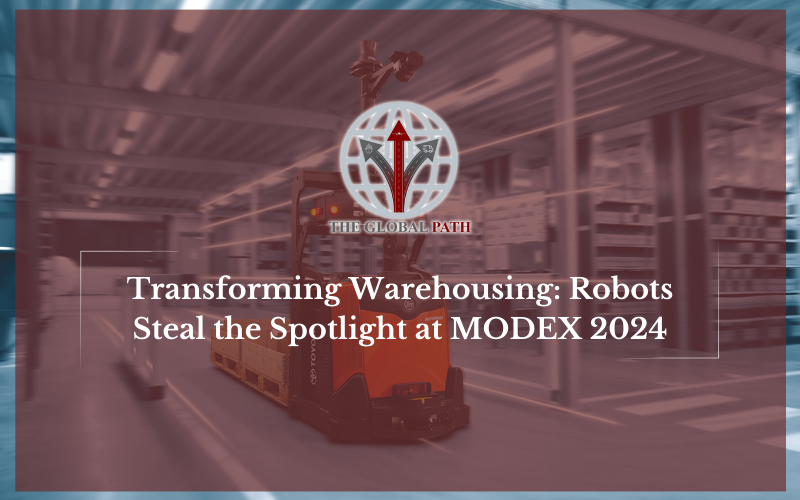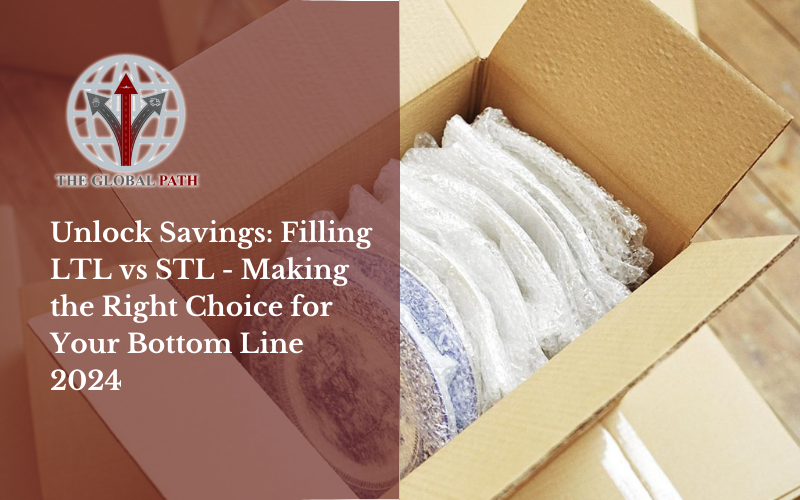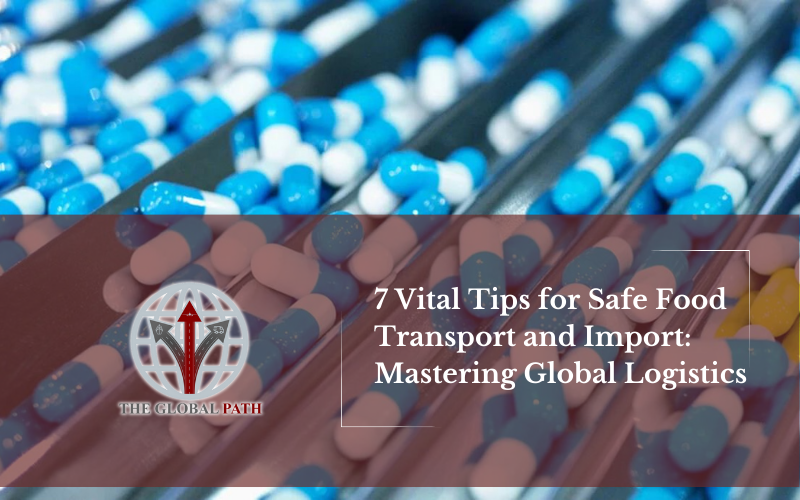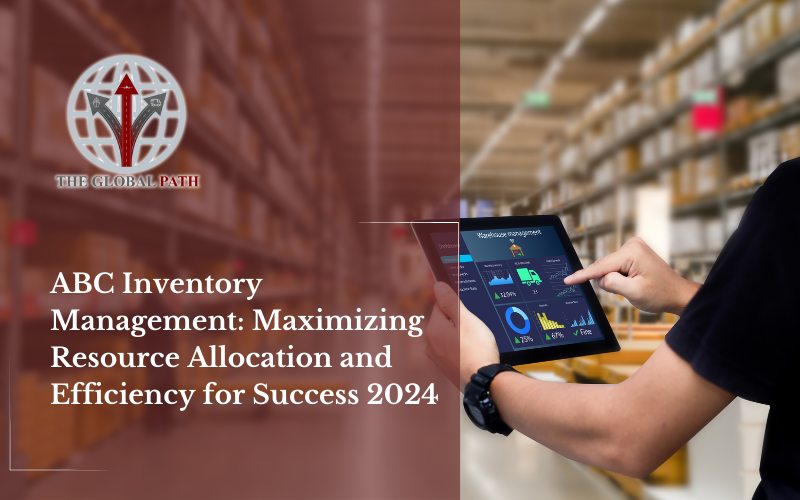Humans need food to survive. But as complex creatures, we cannot stay on one type of food. We need food from different resources to make our living and fulfill our body needs. However, the food we need is often unavailable in proximity, so we must import from other places. Now, places can vary from the next garden to the city and country.
But importing is not that easy. You know it comes with so many risks, such as food getting staled, taking care of expiry dates, weather conditions, temperature, and much more.
Today’s blog is all about food transportation, and how to safely and freshly import tons of food, best and worst practices, how to make the process cost-effective, and much more, so stay tuned.
What is the transportation of food?
Let’s start with the basic idea of food transportation. In a nut, the global distribution of food keeps the world moving. It includes the entire process of transporting food items from one location to another following handling and shipping policies.
Food transport is the process of successfully moving food from producer to consumer, including correct packing and loading techniques as well as food safety procedures. For this reason, both shippers and carriers must comprehend the fundamentals of dependable, safe, and efficient food transportation.
How are goods for food and drink transported?
Beverages and food items can be shipped by rail, air, or other means of transportation, just like different kinds of goods. However, most international food transport occurs by air or sea, while most intranational food transport occurs over the road.
Transportation of food manufacturing vs. finished product
Food is transported in two phases: as raw materials for food production and as fully packaged goods for consumption.
Purchasing ingredients and container supplies is a part of a manufacturer’s inbound logistics process. For instance, Coca-Cola bottling companies need sugar and other ingredients to make their products.
Food manufacturers ship their finished goods to distribution centers, supermarkets, and, finally, the final customer through outbound logistics. Importing raw materials and finished goods may involve different protocols and freight classes. As a result, it is frequently the responsibility of individual manufacturers to establish the proper protocols, supervise and train their workforce, and maintain records to guarantee compliance.
Delivering Chilled Products:
Different transportation methods involve depending on how perishable the food is. Food items must be shipped carefully to ensure that customers receive fresh food. This also applies to cold goods. Food shippers use refrigerated temperature-controlled transportation to protect meat, dairy, produce, and more.
Many beverage and food carriers use refrigerated trucks or trailers for cold goods, also known as “reefers.” Food spoilage is specifically avoided with this kind of goods shipping container. These trucks have cutting-edge technology with integrated refrigeration systems that can be customized for every shipment.
Seasonality also affects the types of trucks that are required. Shippers may need temperature-controlled trucks more frequently in the summer and winter, for example, to help counteract extreme weather conditions, but they may not always require this service.
Food delivery using dry van trailers
Enclosed are trailers with a dry cargo capacity that are not temperature-controlled and are called dry vans. Dry, non-perishable food products (like grains, cereal, and even some canned goods) are less expensive and easier to ship than frozen or refrigerated goods because they don’t require special handling or refrigeration.
Modes of Goods Transportation for Food
Approximately 70% of food and drink transportation in the US is done via trucks, making them the most popular mode of transportation.
There are numerous options for over-the-road goods shipping, depending on your needs:
A dedicated shipment, usually of comparable goods, is transported directly to its destination by a full truckload (FTL).
For smaller loads and quantities, a less-than-truckload (LTL) provides a variety of freight options, but because it requires multiple stops and transloading, it might be less efficient.
Transporting goods that may be larger than LTL but still less than a truckload is done with a partial truckload, or PTL.
In order to minimize damage, delays, and stress, a shared truckload (STL) combines shipments into a single multi-stop full truckload that moves without transloading.
Why is it essential to transport food quickly and safely?
Food is a basic human need, so it must be transported safely and on time to prevent shortages brought on by inefficiency. Of course, maintaining food quality and freshness is also essential for public safety. Failing to do so may result in contamination and illnesses among customers in addition to loss and disturbance of business.
Maintaining the credibility of food sellers, producers, and carriers as legitimate business operators is made possible by the safe and efficient transportation of food.
Transporting food safely presents challenges:
There are a few typical obstacles that many providers and carriers must overcome in order to guarantee the prompt and safe delivery of food.
1. Poor food handling
When food handlers disregard standard operating procedures, like these, improper food management occurs.
Preserving temperature control and refrigeration,
overseeing storage facilities or transportation units while using pallets and high-quality packing supplies and adhering to loading and unloading procedures
Ensuring that food handling personnel receive adequate training on safety, sanitation, and other recommended practices is crucial.
Pest management
Food safety is always in danger when there are pests in food packaging. Rodents like rats and mice, as well as bugs like cockroaches, can carry diseases that poison food and make people sick.
These annoying issues can be avoided by implementing a pest control policy that includes routine inspections and remedies from an outside vendor.
Unsanitary conditions
In order to prevent contamination, handling food that is fit for human consumption necessitates constant adherence to the correct protocol. If not, an outbreak of potentially fatal foodborne illnesses like salmonella is just a matter of time.
Maintaining clean, debris-free cars is essential both before and after loading goods.
Misunderstanding
Effective collaboration between shippers, transporters, and receivers is essential when transporting food. A misunderstanding can ruin food, cause delivery delays, and negatively impact a company’s profits.
Therefore, it’s a good idea to carefully plan delivery routes and logistics like pickup and delivery windows.
- Damage:
The packaging of goods can get damaged if they are packed too tightly or moved around a lot while traveling through consolidator or LTL networks. Crumbled food or eggs are delicate items that break easily and become unfit for consumption. Every year, the food industry suffers significant losses due to these incidents.
Food Safety Measures During Transportation:
While transporting food, suppliers and carriers can take a few safety precautions to help avoid common problems like mishandling and miscommunication.
Preserve the Product:
For food transportation to be safe, the food items that end up in consumers’ hands must be preserved. This comprises
utilizing suitable pallets, storage containers, and packing supplies
to keep items coin good edition by keeping them refrigerated and at the right temperature, drying goods off the floor, and keeping them out of direct sunlight. You should also throw away any damaged goods right away.
Continue using the current method of transportation.
Contamination is a risk if the food is being transported in an untidy manner. Every car ought to be clean, sanitized, and inspected regularly, and it should be able to maintain proper temperatures separated by suitable food types.
Assure the training of food handlers.
Any personnel handling food along the route should be appropriately trained to maintain the quality, safety of food, and general hygiene. This includes
keeping an eye on and maintaining hygiene.
Food products are loaded and unloaded safely.
Effective communication between shippers, carriers, and recipients
Use a shared truckload to transport your food.
Our unique technology at Flock Freight organizes shared truckloads that help carriers and shippers alike save time, money, and stress. Even though we only ship non-temperature-controlled food and beverage products, we make sure to combine your goods with safe commodities that are compatible with shipments of food when you ship by shared truckload.
Compared to other shipping networks and methods, your deliveries arrive on time 30% more often when you use STL shipping. We also assist you in preventing delays and product damage by providing 99.8% damage-free delivery. Your chances of a successful and seamless shipment are higher when you choose shared truckload shipping with Flock Freight.
Conclusions:
As we conclude our discussion on transporting food safely and freshly, you should remember the key takeaways, and you will be good to go.
The first thing to remember is the best practices and basics of food transportation; let me again emphasize the importance of maintaining quality and safety throughout the process, which is crucial. Challenges like poor handling and contamination require careful attention and proactive measures to mitigate risks.
Secondly and lastly, Effective collaboration and communication are essential for a smooth journey from producer to consumer. By prioritizing safety and efficiency, you can ensure a reliable food supply chain for everyone involved.
So, whether you’re a producer, carrier, or consumer, working together is essential to keep the food supply chain strong and reliable.

